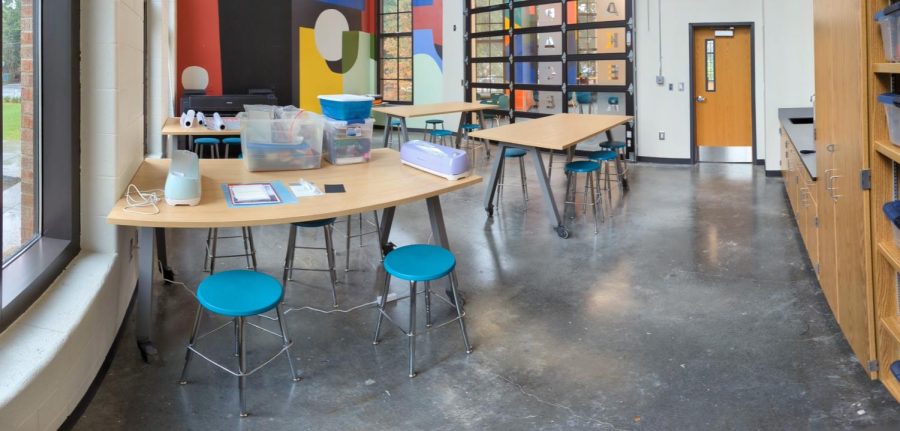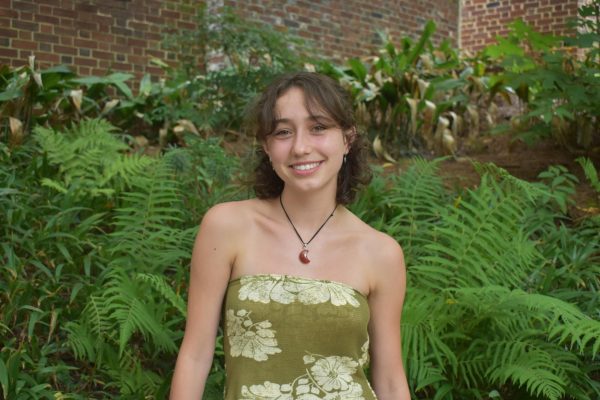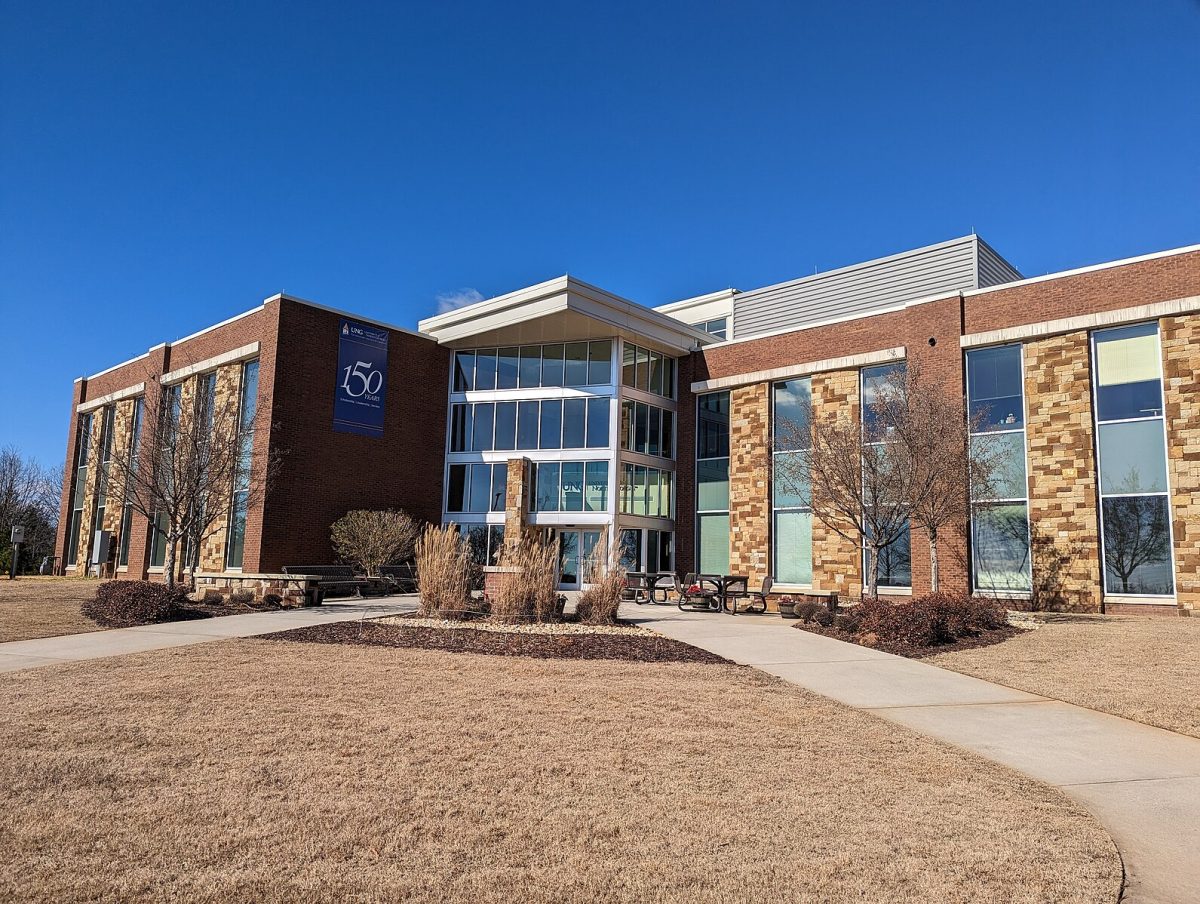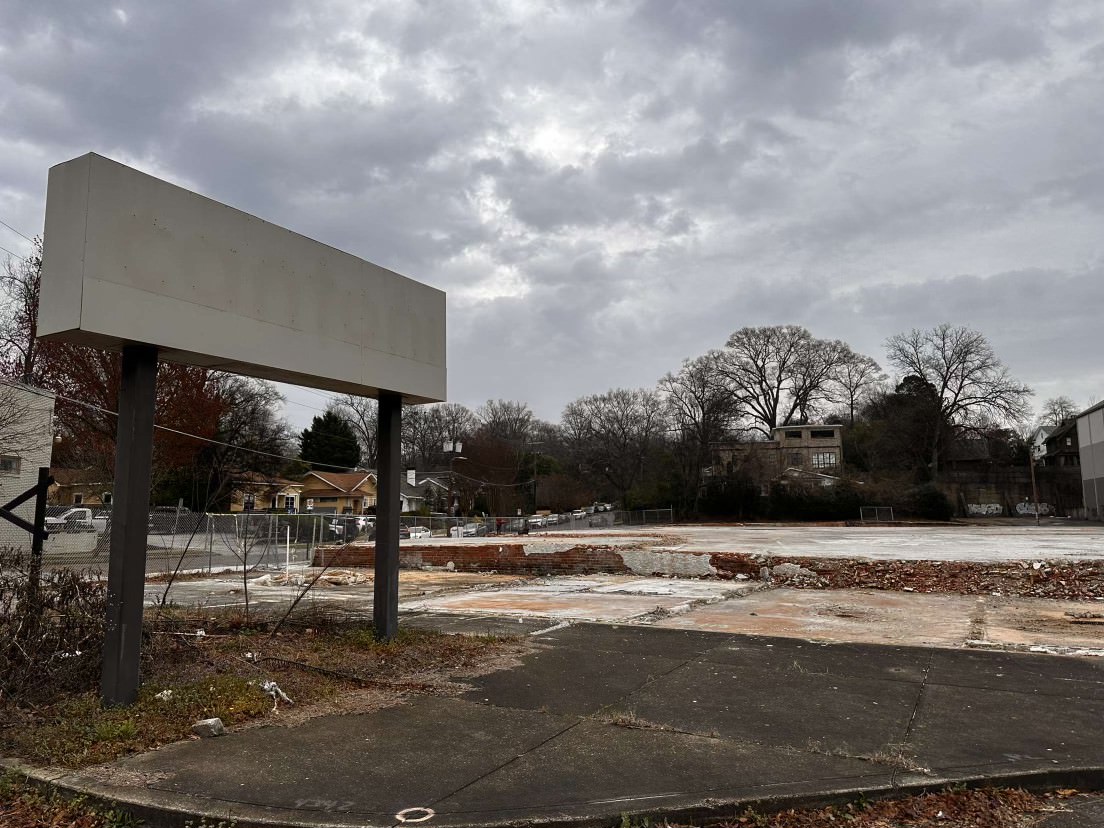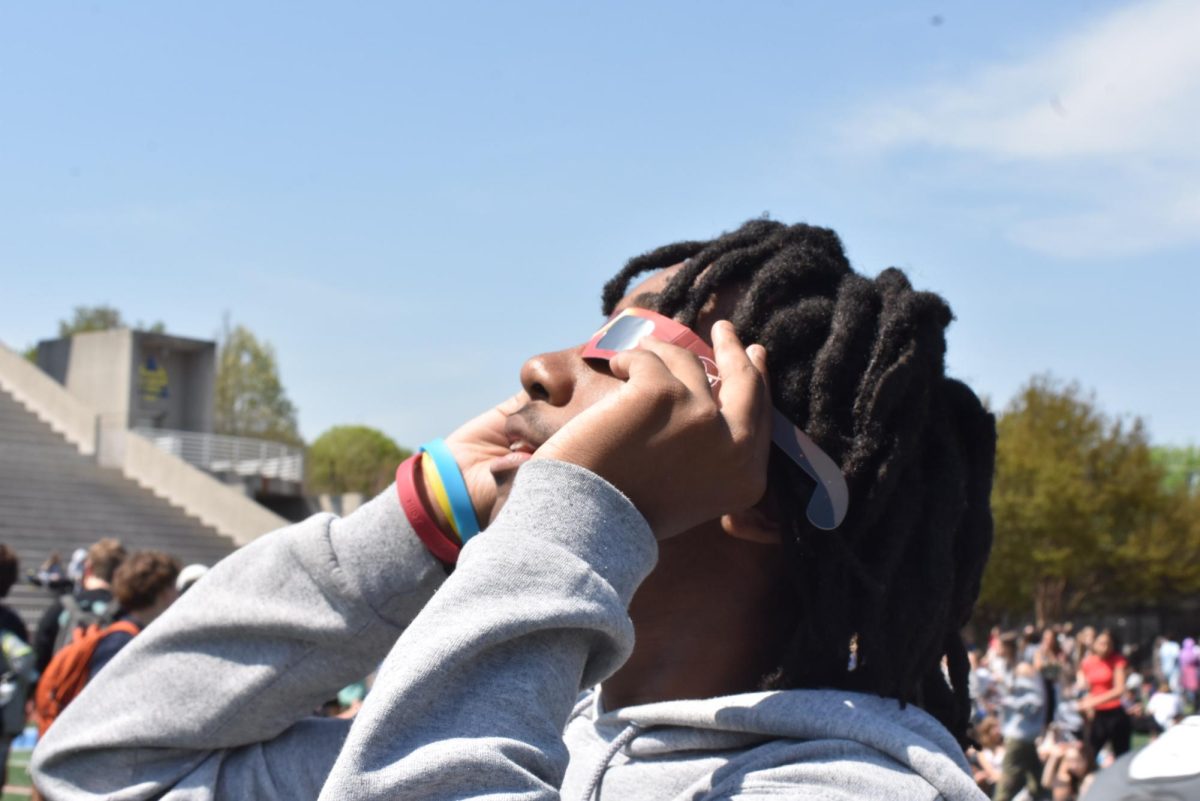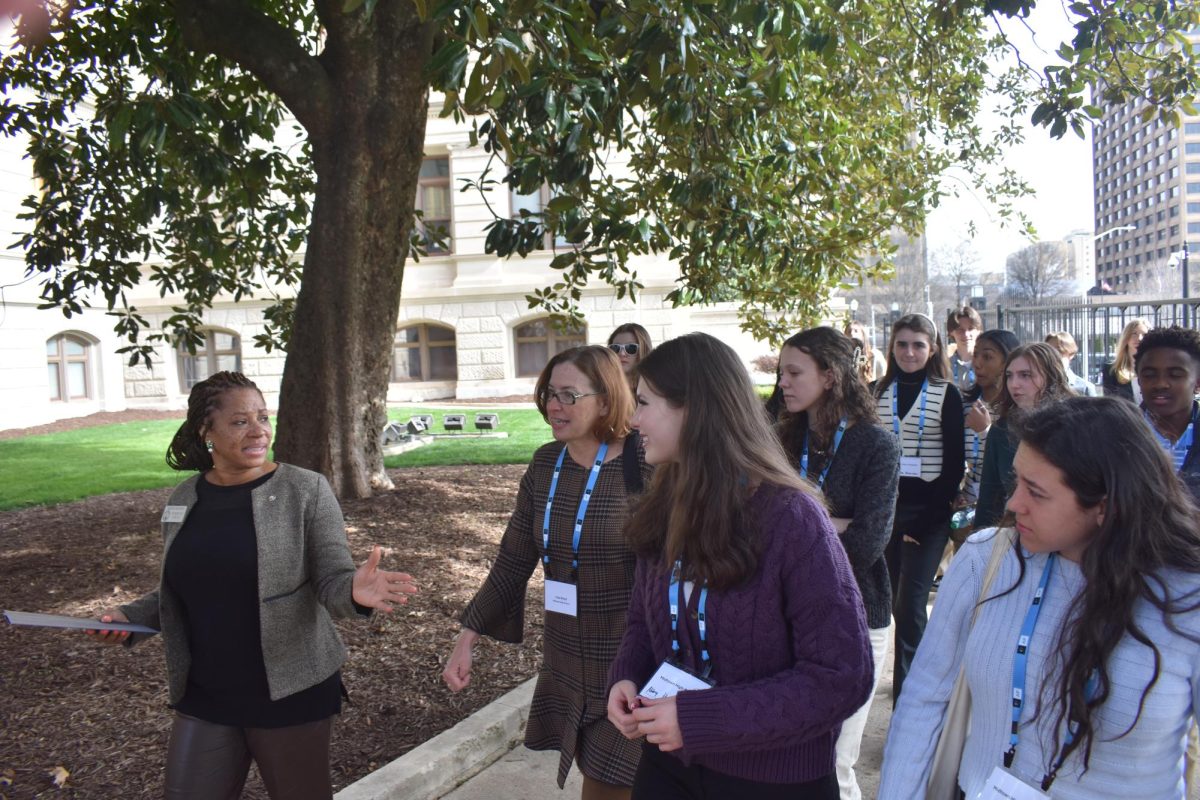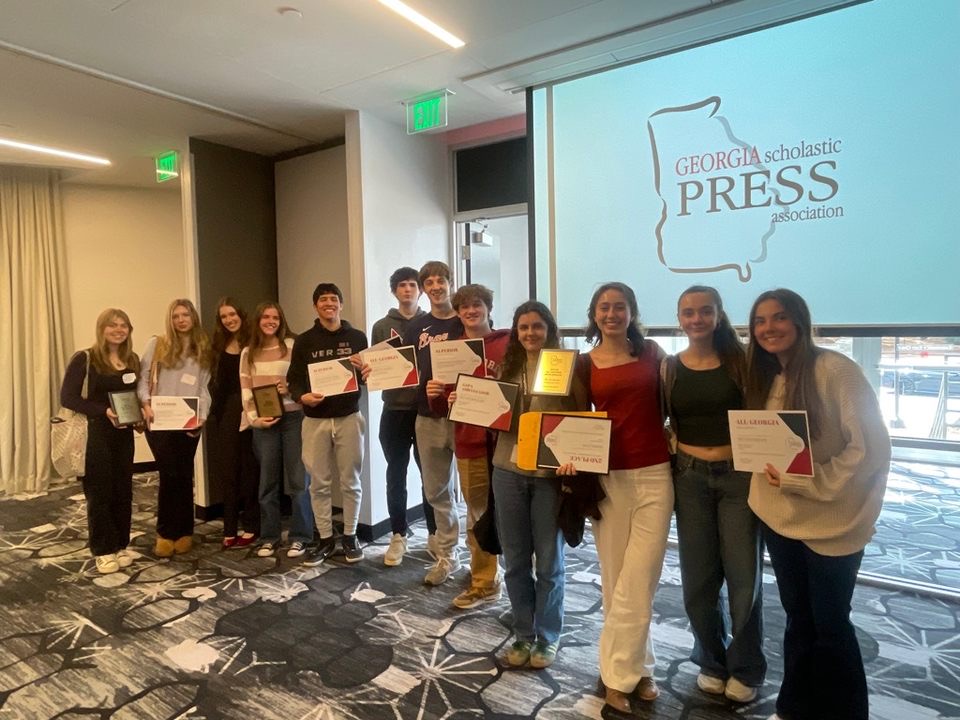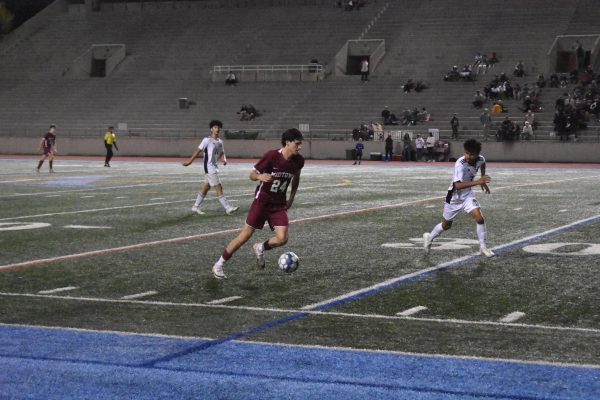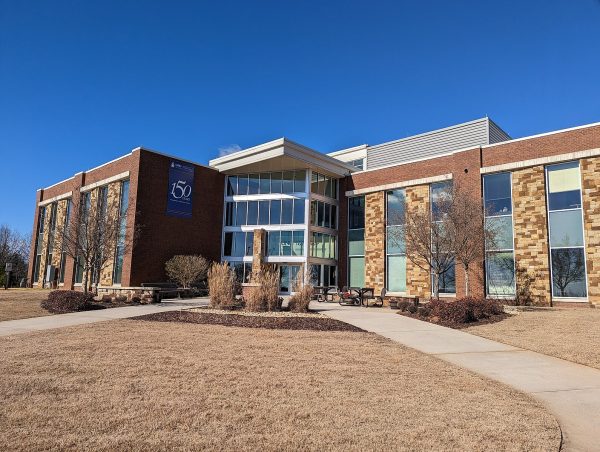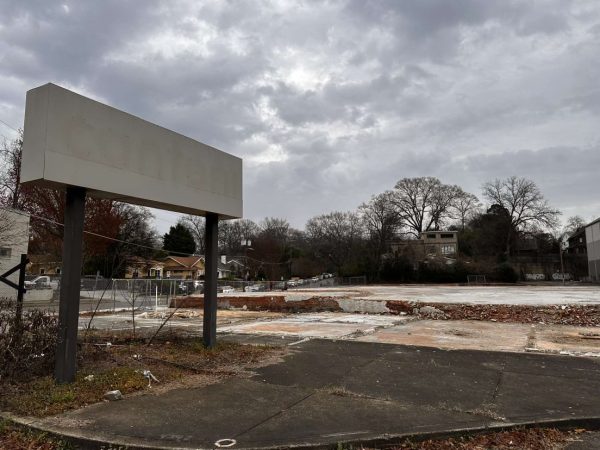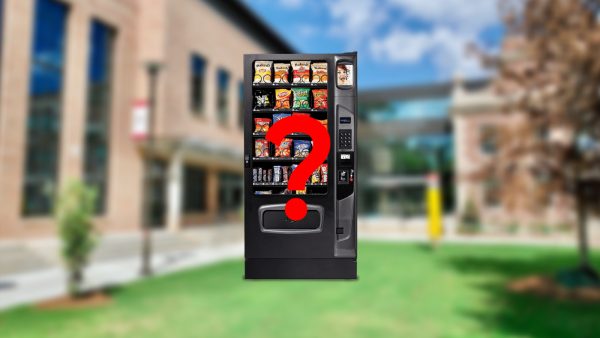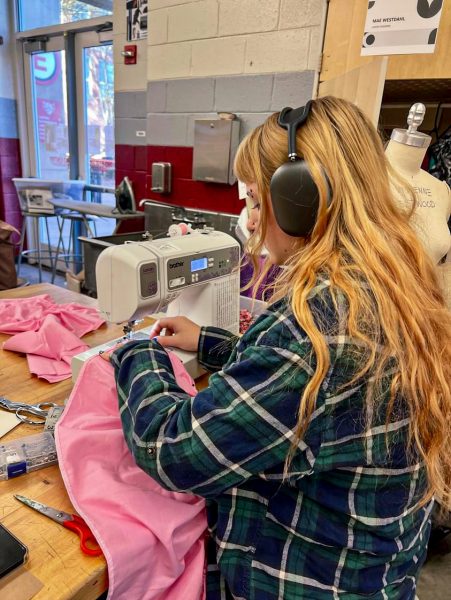Makerspace leaves room for creativity
The new Makerspace is one of the several additions to Midtown, creating a space where students can work on all sorts of projects.
October 27, 2022
In the back corner of the new, 1-year old media center lies a hidden gem full of vibrance and possibility: the Makerspace.
The lofty nook is host to an array of different high-tech systems, including a poster printer, button maker, Cricut sticker machine and 3D printer.
Stacy Tanner, the head of the science, technology, engineering, arts and mathematics program (STEAM) at Midtown, said the Makerspace can be used by students in academic or personal pursuits.
“The purpose of a makerspace was to design a space for students to utilize technology and tap into their creative side without any barriers,” Tanner said.
The room existed in the mock-ups of the media center but laid dormant in the A-wing last year. It was not until August 2022 that the space became fully equipped and promoted for students to use at orientations and media center walkthroughs.
At the beginning of the 2021-2022 school year, Midtown switched its signature theme, which is regulated by its charter to the Georgia Board of Education, from College and Career Readiness to STEM/STEAM.
“I think for Midtown, specifically, now that we’re a STEM or STEAM school, it really does fit in with the theme of bringing engineering and technology concepts into project-based learning,” Brian Montero, media center specialist, said. “The idea all along was to supplement the STEM curriculum with arts in a place that’s not necessarily a dedicated classroom or lab.”
Jonathan Thrasher, a 2022 Midtown graduate and Georgia State University freshman, is a lab technician for the prototype lab and Makerspace. Whileat Midtown, they spent spare time writing articles about the advances in the engineering program as they added two 3D printers in 2019. Now, they have taken charge as one of the main contributors to the development and decision-making of technology that would benefit students.
“Over the summer, there was a lot of planning,” Thrasher said. “We had to submit form requests for the 3D printers and all of the laser scanners or anything else that we wanted. Then, the first week before school, was when I set everything up.”
Funding was primarily drawn from a segment of the budget for the media center add-on, but there have been new innovative efforts to increase the range of technology in the space.
“This year, I asked the Midtown Foundation for funding for some new things, such as crickets and more vinyl,” Tanner said. “Also, we are applying for a grant to add portable laptop stations and other items. We want students to be able to have a source to do high-level 3D animation or graphic design.”
The school’s Career, Technical and Agricultural Education program (CTAE) has contributed additional funding for the development.
Thrasher said they received over $100,000 for the program in total and roughly ten percent went toward the Makerspace and prototype lab.
The Makerspace functions as part of the library and students can access it free before or after the school day, during lunch or during instructional periods with a pass from a teacher. The media center’s staff is already observing great turnout from students on an array of machines. And you need someone from the media center immediately in the next paragraph to give credibility to this assertion.
Sophomore Corrine Coffee is one of the students who have used one of the tools to print large posters for Chemistry and AP Seminar assignments.
“It helped me a lot because I’m not super artistic, and I would not have been able to print a poster at home, so it let me make the best project and get a good grade,” Coffee said.
The Makerspace is becoming an outlet for not only students to use independently, but for larger groups to workshop together as teams with the high-level technology.
“Some classes, like an English class, are going to come by because they have a mythology assignment and want to work as a whole class in the space,” Montero said.
At the crossroads of what used to be thought of as home economics and high-tech innovation, the goal of its implementation is to help students build skills they can apply into later life.
“They used to say technology changes every 90 days, but it feels like it’s evolving even [more] than that,” Tanner said. “So, we’re trying to promote a critical thinking and design process to prepare students for the jobs of the future. They also have a flexibility to collaborate with others and use their critical thinking to solve problems which are critical in later life.”

